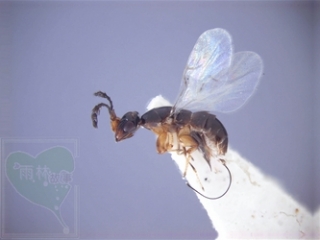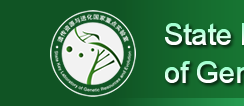Mutualisms—relationships whereby two organisms live in tandem with one another, each providing a service to the other—are among the most interesting and complex relationships in nature. These kinds of relationships are generally considered cooperative interactions, whereby each of the organisms incurs substantial cost in trading services with its partner in order for each of them to gain some benefit and increase their chances of survival and evolutionary fitness. While these types of relationships are not uncommon, researchers observing these interactions in the field have been at a loss to explaining precisely how such a relationship could have first evolved and then been stably maintained without either organisms turning on the other and becoming a parasite.
Though field researchers have been puzzled by these interactions, several theoretical ecologists have suggested a few potential models that may explain both how mutualisms arose and are maintained. The most popular explanations, kin and reciprocity selection, hold that organisms who enter into a cooperative relationships benefit if the partners are either highly genetically related or reciprocally related, or more succinctly, that their actions are greatly dependent on another organism. In a system like this, cooperating becomes the predominant strategy, essentially creating a Nash Equilibrium whereby the needs of each partner are met, ensuring a long and mutual beneficial relationship.
While these theories are both widely accepted and do great deal in elucidating the mutualisms encountered in the wild, they encounter significant problems when trying explaining how individuals of each partner species deal with individuals of their own species that cease to cooperate with try to cheat the system by extracting a greater benefit without positively contributing to the relationship, and in doing destroy the mutualism’s cooperation and replace it with competition and conflict. Subsequent researchers proposed that passive selection may be the answer. In passive selection, individuals that try to cheat are sanctioned or punished while those who act more cooperatively are rewarded. An elegant explanation, but what it has in elegance is it lack in complexity. For example, what factors determine the intensity or effectiveness of the sanction?
To try to explain this question by bringing together different facets of the earlier theories, Rui-Wu Wang and team at the Kunming Institute of Zoology (KIZ), Chinese Academy of Sciences (CAS) opted to study one of the most popular mutualisms, that between fig trees and fig-wasps. The fig/fig wasp mutualism is one of the most well documented inter-specific cooperation systems where the fig provides some female flowers for the fig wasps to lay their eggs while the wasps pollinate fig flowers, forming the basis of mutual benefit. Taking the popular aphorism of the “carrot and the stick”, or rewards and punishment, Wang’s team developed a model using their observations of the fig trees and fig wasps that shows how the fig tree can actually controlthe degree of punishment. By opting to use differing degrees of either the carrot or the stick, the fig trees can reward or punish individual wasps by either limiting the amount of offspring that develop from cheating wasps or rewarding cooperative pollinators by allowing a greater number of their offspringto develop.
In asymmetric systems like those seen in the fig/fig-wasps, symbionts may then be forced to evolve to become cooperative or even altruistic by the kind of discriminative sanction of either allowing greater or fewer number of offspring to develop—essentially playing a biological game of “carrot and stick.”. If correct, Wang’s new theory has some startling implications for how species evolve and enter into symbiotic or mutually beneficial relationships. Given the ability of organisms like the fig trees to use either the carrot and stick to reward those who cooperate or punish those who cheat, it stands to reason that mutualism systems may have actually evolved from earlier host-parasite systems. When parasites mutated towards using more cooperative strategies, the host rewarded them by increasing the number of cooperative offspring and reducing the number of parasitic offspring. Through the generations, the cumulative effects of the rewards or punishment gradually began to change the nature of the originally parasitic species, making them more cooperative. Once the relationship reached an optimal point where both organisms are gaining the greatest benefit, the carrot and stick system acts to maintain the relationship by punishing deviant cheating behavior and continuing to reward those individuals who continue to cooperative and sustain the mutually beneficial relationship.
\More intriguingly, the asymmetric interaction on behalf of the host can be a double-edged sword. On one hand, it does create a mutually beneficial relationship for both organisms, and maintains it rather stably. On the other hand, such forced cooperation aimed at maintaining cooperation can actually act to limit the ability of organisms, like fig-wasps, to evolve and innovative, because their development is regulated by virtue of their relationship to the fig tree.
Though more empirical research is needed to test how well Wang’s theory holds up in nature,
his team’s findings on the connections between sanctions and the creation of mutualisms the have exciting implications for finally answering a long-standing question of exactly how organisms develop to create a harmonious balance, and what the consequences of that balance may actually look like.






